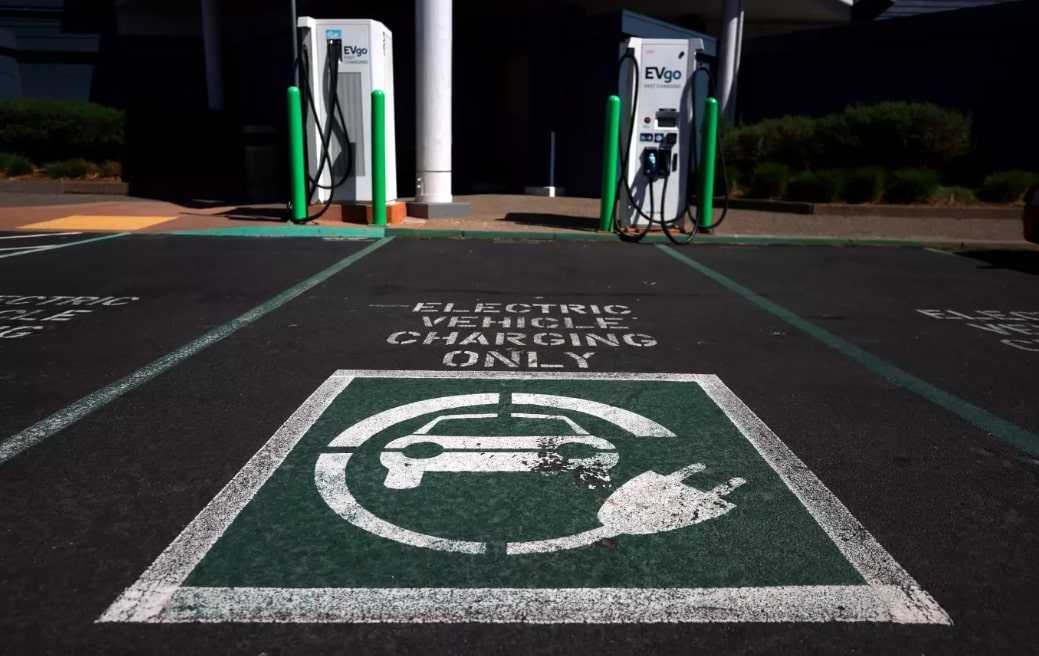The Biden admin revamped its plan to phase out new gas cars

Image: Justin Sullivan/Getty
Following a year of lobbying and debate, the Biden administration yesterday finalized new rules on vehicle emissions that are aimed at accelerating widespread EV adoption.
- These new rules – which apply to all cars, SUVs, vans, and pickup trucks from model years 2027 to 2032 – aren’t written as a ban on the sale of gas-powered cars, like some individual US states have adopted.
- Instead, they set standards that apply across an automakers’ entire US fleet. This means companies can still make vehicles with higher emissions, as long as they also make enough low or zero-emission vehicles to average out their numbers.
The new rules also carry a more gradual startup period than regulators originally proposed in early 2023. But, like two forks of a road that later converge into the same path, they still arrive at the same final benchmark of at least 56% of all new vehicles sold in the US being fully electric by 2032.
The (projected) impact: According to the EPA, its new automotive standards will eliminate 7+ billion tons of CO2 emissions over their lifetime, equivalent to an entire year’s worth of US emissions from all sources. Officials also project the measures will deliver $100 billion in annual benefits to US consumers, including $46 billion/year in fuel savings from switching to EVs and $13 billion/year in health benefits from less pollution.
🚘🔌 Big picture: US EV sales grew by 47% last year to reach 1.2 million vehicles, or 7.6% of all new car sales. But over the past several months, the rate of growth has slowed considerably, with over a half-dozen major automakers delaying or walking back plans to increase their EV investments.
Share this!
Recent U.S. stories

U.S.
| March 19, 2024SCOTUS is weighing in on free speech and social media censorship
⚖️📱 SCOTUS heard arguments in a case that will decide whether the US government's attempts to remove misinformation on social media cross into illegal censorship of free speech.

U.S.
| March 14, 2024What organized retail theft looks like
🏬 The term “organized crime” generally evokes the image of a Tony Soprano-like hardo eating deli meats and playing cards while discussing grisly business with their crew. But US retailers fighting organized theft are dealing with an entirely different cast of characters.
You've made it this far...
Let's make our relationship official, no 💍 or elaborate proposal required. Learn and stay entertained, for free.👇
All of our news is 100% free and you can unsubscribe anytime; the quiz takes ~10 seconds to complete